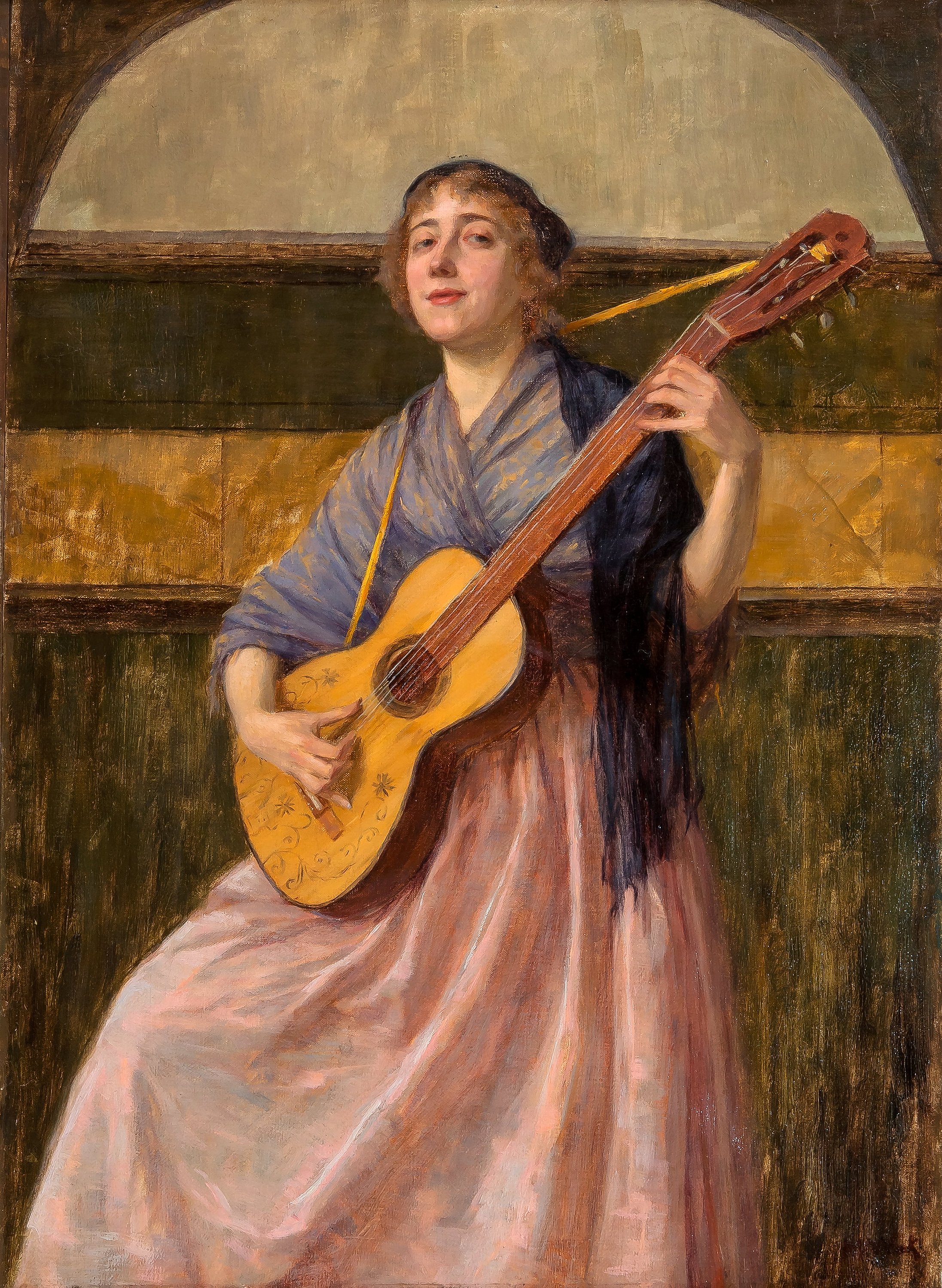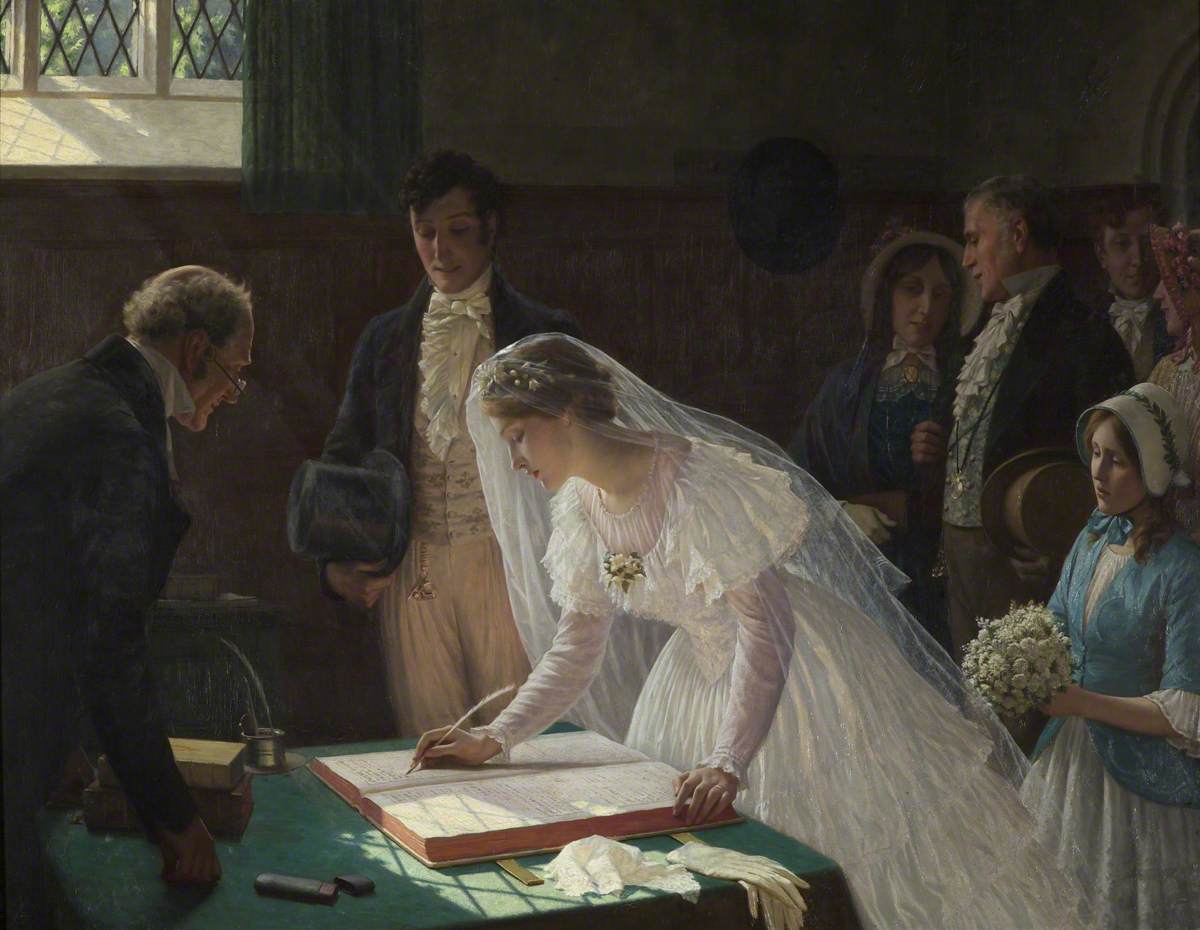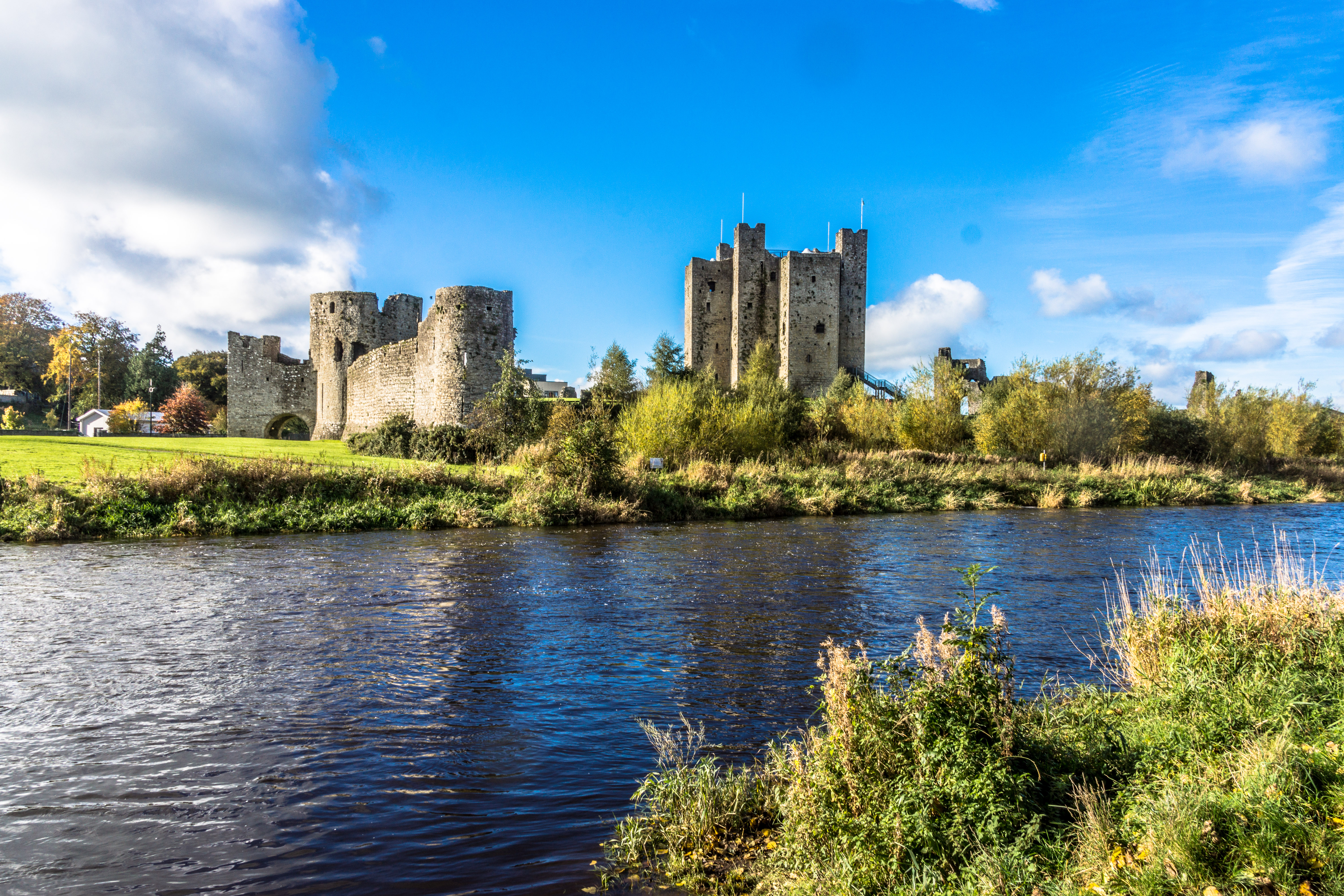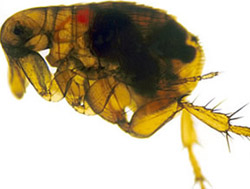|
Baron Galtrim
Baron Galtrim was an Irish feudal barony: in other words, the holder of the barony, which was hereditary in the Hussey family, was entitled to style himself Lord Galtrim, but was not entitled as of right to sit in the Irish House of Lords, although at least two holders of the title did receive a summons to sit in Parliament, and a third sat in the House of Commons. The title was created in the late fourteenth century by summons to Parliament. Use of the title lapsed in the early nineteenth century: from then on the former Lord Galtrim was usually referred to simply as "Mr. Hussey of Rathkenny" (Rathkenny was the Hussey family home in County Meath from the early fifteenth century). Early history The title Baron Galtrim was held by the Hussey family, who came to Ireland during the Norman Invasion of 1172 in the entourage of Hugh de Lacy, Lord of Meath, and became substantial landowners in County Meath. The first Irish Hussey whose name is recorded is Sir Hugh Hussey, who married a s ... [...More Info...] [...Related Items...] OR: [Wikipedia] [Google] [Baidu] |
Irish Feudal Barony
An Irish feudal barony was a customary title of nobility: the holder was always referred to as a Baron, but was not the holder of a peerage, and had no right to sit in the Irish House of Lords. In 1614 the Dublin Government noted that there were "diverse gentlemen" in Ireland who were called Baron, yet: "Never was any of them Lord Baron nor summoned to any Parliament". History In Ireland, most originally-feudal titular baronies have long disappeared through obsolescence or disuse. The Lordship of Fingal was granted to Walter de Lacy, Lord of Meath for seven knight's fees, "although the lords thereof hold elsewhere in capite", according to the unusual grant in 1208 by King John as Lord of Ireland, who allowed de Lacy to retain custody of his fees.See ''Rotuli Chartarum in Turri Londinensi Asservati'', edited by Thomas Duffus Hardy, published in 1837; it contains original text of the Grant of Fingal by King John in 1208. Fingal at the time spread from the River Liffey to the R ... [...More Info...] [...Related Items...] OR: [Wikipedia] [Google] [Baidu] |
English Crown
This list of kings and reigning queens of the Kingdom of England begins with Alfred the Great, who initially ruled Wessex, one of the seven Anglo-Saxon kingdoms which later made up modern England. Alfred styled himself King of the Anglo-Saxons from about 886, and while he was not the first king to claim to rule all of the English, his rule represents the start of the first unbroken line of kings to rule the whole of England, the House of Wessex. Arguments are made for a few different kings thought to have controlled enough Anglo-Saxon kingdoms to be deemed the first king of England. For example, Offa of Mercia and Egbert of Wessex are sometimes described as kings of England by popular writers, but it is no longer the majority view of historians that their wide dominions are part of a process leading to a unified England. Historian Simon Keynes states, for example, that "Offa was driven by a lust for power, not a vision of English unity; and what he left was a reputati ... [...More Info...] [...Related Items...] OR: [Wikipedia] [Google] [Baidu] |
Malahide
Malahide ( ; ) is an affluent coastal settlement in Fingal, County Dublin, Ireland, situated north of Dublin city. It has a village centre surrounded by suburban housing estates, with a population of over 17,000. Malahide Castle dates from the 12th century and is surrounded by a large park, part of which incorporates an international cricket ground. The area also features a sandy beach, a marina, and a variety of sporting clubs. Etymology The modern name Malahide comes from "Mullach Íde", possibly meaning "the hill of Íde" or "Íde's sand-hill"; it could also mean "Sand-hills of the Hydes" (from Mullac h-Íde), in turn probably referring to a Norman family from the Donabate area. According to the Placenames Database of Ireland the name Malahide is possibly derived from the Irish "Baile Átha Thíd" meaning "the town of the ford of Thíd", which may have been a ford at the mouth of the Gaybrook Stream, on the road to Swords. Malahide Bay was anciently called ''Inber Domnan ... [...More Info...] [...Related Items...] OR: [Wikipedia] [Google] [Baidu] |
Ballad
A ballad is a form of verse, often a narrative set to music. Ballads derive from the medieval French ''chanson balladée'' or '' ballade'', which were originally "dance songs". Ballads were particularly characteristic of the popular poetry and song of Britain and Ireland from the Late Middle Ages until the 19th century. They were widely used across Europe, and later in Australia, North Africa, North America and South America. Ballads are often 13 lines with an ABABBCBC form, consisting of couplets (two lines) of rhymed verse, each of 14 syllables. Another common form is ABAB or ABCB repeated, in alternating eight and six syllable lines. Many ballads were written and sold as single sheet broadsides. The form was often used by poets and composers from the 18th century onwards to produce lyrical ballads. In the later 19th century, the term took on the meaning of a slow form of popular love song and is often used for any love song, particularly the sentimental ballad of pop or ... [...More Info...] [...Related Items...] OR: [Wikipedia] [Google] [Baidu] |
Wedding
A wedding is a ceremony where two people are united in marriage. Wedding traditions and customs vary greatly between cultures, ethnic groups, religions, countries, and social classes. Most wedding ceremonies involve an exchange of marriage vows by a couple, presentation of a gift (offering, rings, symbolic item, flowers, money, dress), and a public proclamation of marriage by an authority figure or celebrant. Special wedding garments are often worn, and the ceremony is sometimes followed by a wedding reception. Music, poetry, prayers, or readings from religious texts or literature are also commonly incorporated into the ceremony, as well as superstitious customs. Common elements across cultures Some cultures have adopted the traditional Western custom of the white wedding, in which a bride wears a white wedding dress and veil. This tradition was popularized through the marriage of Queen Victoria. Some say Victoria's choice of a white gown may have simply been a s ... [...More Info...] [...Related Items...] OR: [Wikipedia] [Google] [Baidu] |
Murdered
Murder is the unlawful killing of another human without justification or valid excuse, especially the unlawful killing of another human with malice aforethought. ("The killing of another person without justification or excuse, especially the crime of killing a person with malice aforethought or with recklessness manifesting extreme indifference to the value of human life.") This state of mind may, depending upon the jurisdiction, distinguish murder from other forms of unlawful homicide, such as manslaughter. Manslaughter is killing committed in the absence of ''malice'',This is "malice" in a technical legal sense, not the more usual English sense denoting an emotional state. See malice (law). brought about by reasonable provocation, or diminished capacity. ''Involuntary'' manslaughter, where it is recognized, is a killing that lacks all but the most attenuated guilty intent, recklessness. Most societies consider murder to be an extremely serious crime, and thus that a ... [...More Info...] [...Related Items...] OR: [Wikipedia] [Google] [Baidu] |
Benefactor (law)
A benefactor () is a person who gives some form of help to benefit a person, group or organization (the beneficiary), often gifting a monetary contribution in the form of an endowment to help a cause. Benefactors are humanitarian leaders and charitable patrons providing assistance in many forms, such as an alumnus from a university giving back to a college or an individual providing assistance to others. See also * Patronage * Sponsor (commercial) Sponsoring something (or someone) is the act of supporting an event, activity, person, or organization financially or through the provision of products or services. The individual or group that provides the support, similar to a benefactor, is kn ... References Personal finance Philanthropy {{econ-stub ... [...More Info...] [...Related Items...] OR: [Wikipedia] [Google] [Baidu] |
Trim, County Meath
Trim () is a town in County Meath, Ireland. It is situated on the River Boyne and has a population of 9,194. The town is noted for Trim Castle – the largest Norman castle in Ireland. One of the two cathedrals of the United Dioceses of Meath and Kildare — St Patrick's cathedral — is located north of the river. Trim won the Irish Tidy Towns Competition in 1972, 1984, 2014 and 2022, and was the "joint" winner with Ballyconnell in 1974. Trim was historically the county town of Meath, but this title was passed on in 1898 to the larger, neighbouring town of Navan. History Early history At an early date, a monastery was founded at Trim, which lay within the petty kingdom ('' tuath'') of the Cenél Lóegairi. It is traditionally thought to have been founded by St. Patrick and left in the care of its patron saint Lommán, also locally known as Loman, who flourished sometime between the 5th and early 6th centuries.Stalmans and Charles-Edwards, "Meath, saints of (act. '' ... [...More Info...] [...Related Items...] OR: [Wikipedia] [Google] [Baidu] |
The Black Friary
The Black Friary ( ga, An Mhainistir Dhubh) was a Dominican friary located in Trim, County Meath, Ireland. History It's believed that the first patron of the friary was Geoffrey de Geneville and that it was founded in 1263, just outside the town walls of Trim. Geoffrey de Geneville retired to the friary and was buried there in 1314. The friary was an important part of the town of Trim as it held extensive lands and ecclesiastical and governmental meetings were held there from the 13th to the 15th century. Matthew Hussey, 4th Baron Galtrim, was a noted benefactor of the Friary, and was buried there in 1418. By 1540, as part of the dissolution of the monasteries, the commissioners of King Henry VIII suppressed the friary and sold its lands, buildings and goods. During the 18th century the buildings were further sold and quarried for stone. The grounds continued to be used as a cillín cemetery into the 18th century. Archaeology The Blackfriary Archaeology Field School is ex ... [...More Info...] [...Related Items...] OR: [Wikipedia] [Google] [Baidu] |
Treasons
Treason is the crime of attacking a state authority to which one owes allegiance. This typically includes acts such as participating in a war against one's native country, attempting to overthrow its government, spying on its military, its diplomats, or its secret services for a hostile and foreign power, or attempting to kill its head of state. A person who commits treason is known in law as a traitor. Historically, in common law countries, treason also covered the murder of specific social superiors, such as the murder of a husband by his wife or that of a master by his servant. Treason (i.e. disloyalty) against one's monarch was known as ''high treason'' and treason against a lesser superior was '' petty treason''. As jurisdictions around the world abolished petty treason, "treason" came to refer to what was historically known as high treason. At times, the term ''traitor'' has been used as a political epithet, regardless of any verifiable treasonable action. In a civil war o ... [...More Info...] [...Related Items...] OR: [Wikipedia] [Google] [Baidu] |
Cusack Family
Cusack is an Irish family name of Norman origin, originally from Cussac in Guienne ( Aquitaine), France. The surname died out in England, but is still common in Ireland, where it was imported at the time of the Norman invasion of Ireland in the 12th century. While Cusack is not a particularly common name, it is historically associated with a number of variant forms, such as de Cussac, de Cusack, de Ciusak, de Cíosóg, de Cíomhsíg, Mac Íosóg, and Mac Isog. The following are modern variants: Cusack, Kuzak, Kuzack, Cusick, and Cussack. Origin Geoffrey de Cusack arrived in Ireland during the reign of King John, possibly at the invitation of his relative, Adam de Feypo. The family served as Lords of Killeen (requiring Knight Scutage, i.e. the supply of knights for 40 days service per year, to Hugh de Lacy, Lord of Meath, when requested). History Cusack family connections started when Geoffrey de Cusack arrived from Cussac, northwest of Bordeaux, in the Duchy of Aquitai ... [...More Info...] [...Related Items...] OR: [Wikipedia] [Google] [Baidu] |
Bubonic Plague
Bubonic plague is one of three types of plague caused by the plague bacterium ('' Yersinia pestis''). One to seven days after exposure to the bacteria, flu-like symptoms develop. These symptoms include fever, headaches, and vomiting, as well as swollen and painful lymph nodes occurring in the area closest to where the bacteria entered the skin. Acral necrosis, the dark discoloration of skin, is another symptom. Occasionally, swollen lymph nodes, known as " buboes," may break open. The three types of plague are the result of the route of infection: bubonic plague, septicemic plague, and pneumonic plague. Bubonic plague is mainly spread by infected fleas from small animals. It may also result from exposure to the body fluids from a dead plague-infected animal. Mammals such as rabbits, hares, and some cat species are susceptible to bubonic plague, and typically die upon contraction. In the bubonic form of plague, the bacteria enter through the skin through a flea bite ... [...More Info...] [...Related Items...] OR: [Wikipedia] [Google] [Baidu] |




